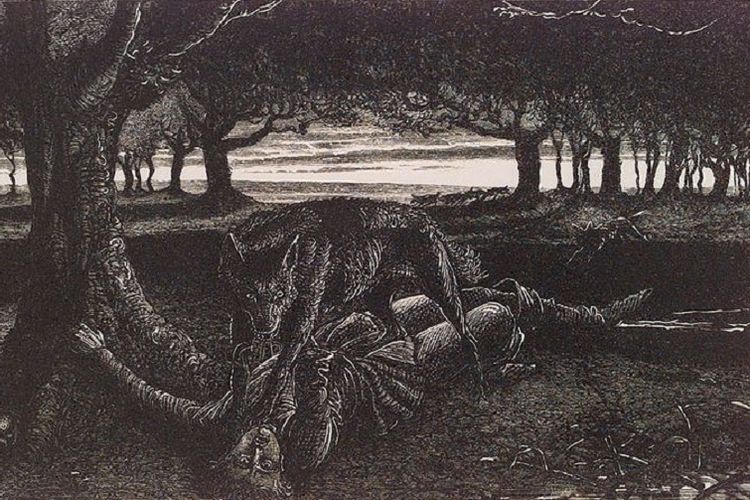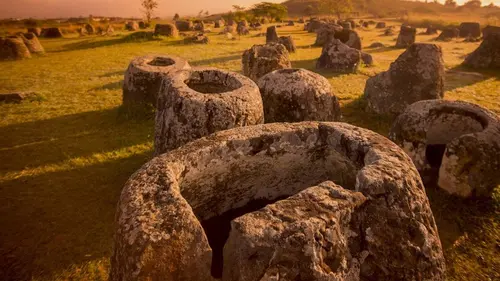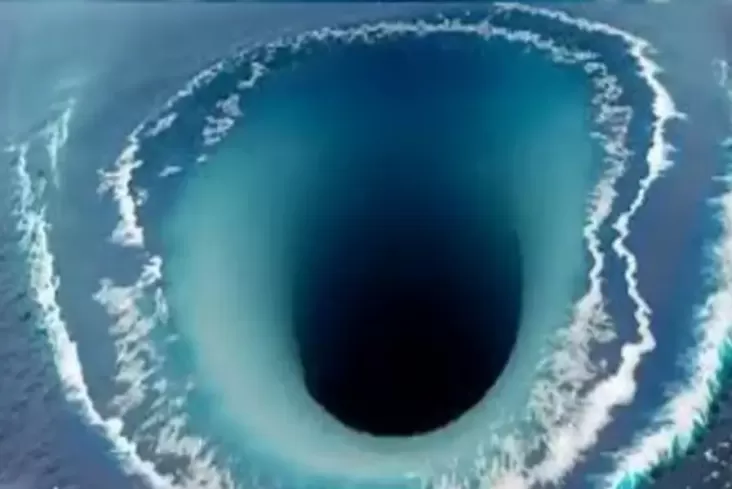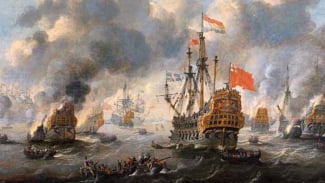Mystery Of The World – The archipelago holds many unsolved mysteries . There are traces of mysterious civilizations, strange animals and plants, tiny relatives of human ancestors, the ruins of colossal ancient buildings, and the still tangled threads of modern Indonesian history.
These unanswered questions not only arouse the curiosity of Indonesians, but also citizens of the world.
For example, people on Earth are wondering about the story of a ghost ship that is said to be manned by Indonesian sailors, or about the fact that the ancestors of the people of a country in Africa were a handful of women from Indonesia.
And, when the rocky hill covered in bushes in Magelang, Central Java – which the Governor General of Great Britain, Sir Thomas Stamford Raffles wrote about in ‘History of Java’ – turned out to be Borobudur Temple, people wondered whether the basalt rock mound was there. Is Cianjur actually the oldest pyramid on Earth?
Ghost Ship
1. The Ghost Ship Ourang Medan
One day in June 1947, two American ships in the Strait of Malacca — City of Baltimore and Silver Star — received an emergency message from the Dutch merchant ship, SS
Ourang Medan . Or ‘Medan People’
An operator on the Ourang Medan sent Morse code. It said: “All the crew members, including the captain, lay dying in the chartroom and bridge. Perhaps all of them had died.”
Then the last sentence was accepted. “I (will) die,” as quoted by the Daily Mail , Friday (4/12/2015). After that the radio message was cut off.
This terrifying message was also heard by Dutch and British monitoring posts around the Malacca Strait.
Then, the receiving radio operators tried to trace the source of the signal and determined that the message came from the SS Ourang Medan, which was also in the Strait of Malacca.

The Silver Star ship was the closest. The captain then turned around to approach the location of Ourang Medan. They found the ship floating in the ocean.
Horrifyingly, the bodies of the crew were scattered on the deck. All of them were in a terrible state: wide-eyed.
Expressions of fear and horror were clearly visible in the frozen faces. Even the ship’s dog was found dead.
The crew of the US ship, Silver Star, who carried out checks found no signs of violence, no blood leaking, no signs of resistance.
The captain of the Silver Star ordered a towing rope to be attached to the Ourang Medan, so that the ship could be towed to the nearest port, so that the authorities could investigate what caused the death on the ark.

However, before this intention could be carried out, thick smoke billowed from the ship. Then, an explosion occurred. Ourang Medan also sank. All evidence sank to the bottom of the sea.
The legend of Ourang Medan spread from one port to another. Made into articles for magazines specializing in mystery stories.
An official report regarding the ship even appeared in the May 1952 edition of the Proceedings of the Merchant Marine Council of the US Coast Guard. Until now it is not known whether the Ourang Medan is a true story or a hoax.
Mysterious Beams in Europe
2. Mysterious blocks washed up on European beaches.
Black rectangular objects, similar to cutting boards, were carried by the waves throughout Europe. Nobody knows where he came from.
There is only a hint of the word ‘ Tjipetir ‘ printed on the chewy surface.
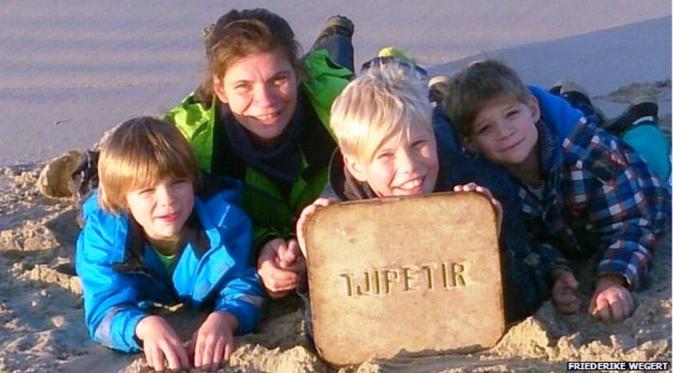
One of the people who found it, Tracey Williams, a resident of Newquay, Cornwall, England, tried to solve the mystery.
He traced it from the word ‘Tjipetir’. The results of his research found that the word corresponds to the name of a rubber plantation in Sukabumi, West Java, Indonesia, which has been operating since the late 19th and early 20th centuries. When the archipelago was still called the Dutch East Indies.
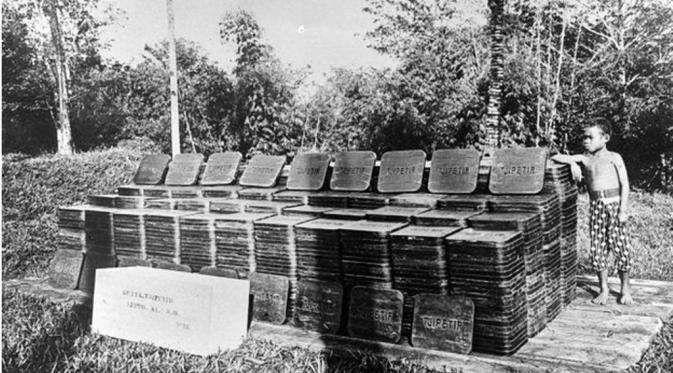
And it turns out, the square object is not actually rubber, but resembles gutta-percha or gutta-percha: a coagulated latex made from pure latex liquid that can harden and comes from the compressible Sapotaceae tree, generally found in Peninsular Malaysia.
In the 19th to mid-20th centuries, this material was used as insulation for telegraph cables that ran across the seabed.
Williams then shared his findings on his Facebook page. People are increasingly responding and sharing the story of their discovery of ‘Tjipetir’.
It turns out that these square objects were found not only in England and Wales, but also in Shetland, the Channel Islands, Spain, France, the Netherlands, Germany, Norway, Sweden and Denmark. A number of people also reported finding sacks and rolls of rubber.
It is suspected that the Tjipetir beam was the spilled cargo of the Japanese ship Miyazaki Maru which sank in May 1917, in the midst of World War I.
Indonesian Blood in Madagascar
3. Indonesian blood in Madagascar.
Madagascar has long been an attraction for anthropologists. The reason is that the fourth largest island in the world was previously only inhabited by lemurs.
For thousands of years, no human has touched it.

As published on the science site, Physorg.com , genetic research led by Murray Cox from New Zealand’s Massey University revealed something surprising: that the ancestors of Madagascar were 30 women — 28 of whom came from Indonesia. How come?
Clues were obtained from DNA testing of 266 people from three Malagasy ethnicities – indigenous people from Madagascar and analysis of mitochondria or batteries of cells whose genes are inherited from the mother.
“The unusual thing about this island is that Madagascar is very far from Indonesia. It was also inhabited later, when most of the world was already inhabited,” said researcher from New Zealand’s Massey University, Murray Cox, to science site LiveScience .
The Indonesian women came to the island on the coast of the African continent 1,200 years ago. It is suspected that their ship sank at that time.
Computer simulations also show that the first settlement in Madagascar existed in 830 AD, at the same time as the development of Indonesian trade under the rule of the Srivijaya Kingdom, which was based in Sumatra.

Not only about DNA, there are other factors that show the contribution of the archipelago, namely language. From a linguistic perspective, the people of Madagascar speak a language whose origins can be traced to Indonesia. Most of it is from the Ma’anyan lexicon, a language that is practiced daily in communities living along the Barito River, in the interior.
There are also a handful of languages whose roots are Javanese, Malay or Sanskrit.
Other evidence of the influence of the Archipelago in Madagascar is the discovery of outrigger boats, iron tools, and musical instruments such as the xylophone. Also very ‘tropical’ eating equipment, a system of planting rice, bananas, sweet potatoes in the middle of the forest.
How did these women arrive in Madagascar, which is still a big mystery?
Atlantis in Indonesia?
4. Atlantis in Indonesia?
What Plato revealed in the dialogue ‘Timaeus and Critias’ , written around 330 BC became a clue that sparked a massive search for a lost civilization: Atlantis.
According to the Greek philosopher, Atlantis lay “beyond the pillars of Hercules.”
This highly civilized island is said to have had a navy that conquered Western Europe and Africa 9,000 years before Solon’s time, or around 9500 BC. After failing to attack Greece, Atlantis sank into the ocean. “In just one day and one night.”

Although some people consider what Plato said to be an allegory, a number of scientists and adventurers tried to ‘cross’ the ocean, to find out where Atlantis was.
It is said that the location is in Spain, the Mediterranean Islands, the Sahara Desert, Central America, Antarctica, Africa, or the Atlantic Ocean – which have similar names.
However, said Brazilian writer Arysio Santos, Atlantis was never found because they were looking for it in the wrong place.
“Atlantis is in the Indian Ocean, on the other side of the Earth,” he said. The man with a background in nuclear physics pointed to Indonesia as the exact location.
In his book, “Atlantis the Lost Continents Finally Found” , Santos describes Atlantis as being in “the most volcanic region in the world” aka the area with the most volcanoes.
And, as quoted on the Atlan.org page , in fact Indonesia consists of thousands of volcanoes that have turned into islands.
Indonesia has also experienced the volcanic eruption of Krakatoa and Tambora. In fact, Lake Toba in Sumatra is the former volcanic crater.
The simultaneous eruption of several volcanoes, said Santos, covered the earth’s surface, melted the ice and triggered giant waves that drowned Atlantis.
Is that right?
The Oldest Pyramid on Earth?
5. The oldest pyramid on Earth?
In 1914, Dutch historian NJ Krom was amazed when he saw a megalithic site on the surface of a hill in Cianjur, West Java. The scientist suspected it was a grave. Meanwhile, local residents thought it was Prabu Siliwangi’s palace which failed to be built overnight.
He wrote about his findings in the Rapporten van de Oudheidkundige Dienst. However, later, the site was forgotten.
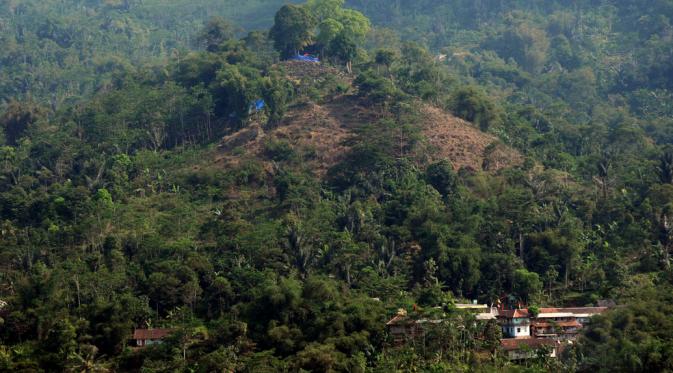
In 2011, Mount Padang became the center of attention again. At that time, the findings of an ancient catastrophe research team formed by the President’s Special Staff for Social Assistance and Disasters revealed that what NJ Krom saw was just the surface.
The interesting thing, they say, is actually in the stomach of Gunung Padang. It is suspected that the site is not a natural hill, but rather a building made by humans from the past in an advanced civilization, which has a terraced shape – similar to a pyramid.
If proven, it could be that Gunung Padang is the largest stepped punden in the world. Also probably the oldest.
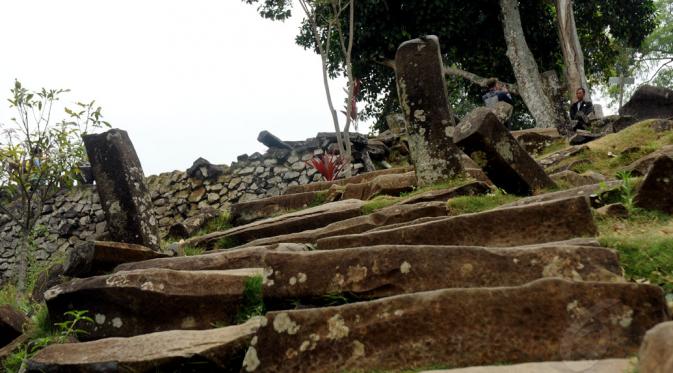
As quoted by the Daily Mail , April 2 2015, geologist Danny Hilman believes that the site was built between 9,000 and 20 thousand years ago.
If true, Gunung Padang is older than the Egyptian pyramids which were built 5,000 years ago.
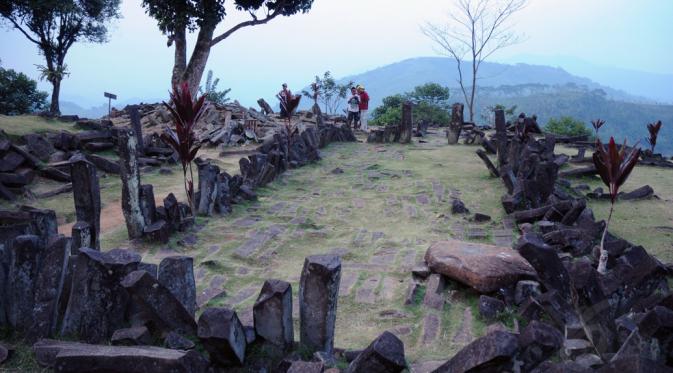
“People think that prehistoric times were primitive, but this building proves that assumption wrong,” he said.
In the midst of controversy and debate, to this day experts continue to try to prove the authenticity of Gunung Padang.
‘Hobbit’ Man
6. ‘Hobbit’ Man
In 2003, Indonesian and Australian researchers carrying out excavations in the Liang Bua limestone cave found fossils of a small skull and part of the lower jaw. Even though it is tiny, it has an adult set of teeth.
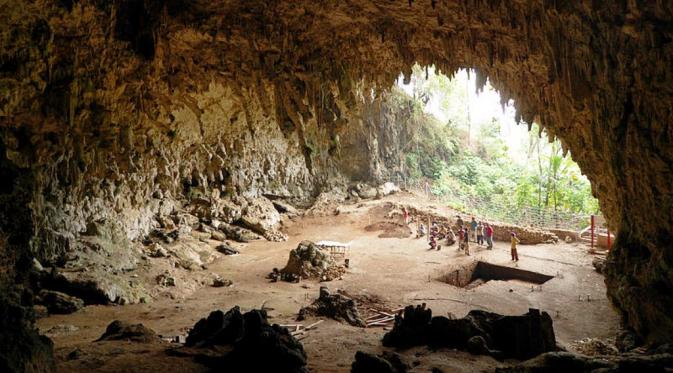
The fossilized bones are estimated to be 180 thousand years old.
“This is not a child’s skull, but a miniature adult figure — one of the smallest hominids or adult human-like creatures ever found,” said Mike Morwood from the University of Wollongong, Australia when announcing the find.
A number of other bone fossils were later excavated and identified as belonging to a hominid species called Homo floresiensis.
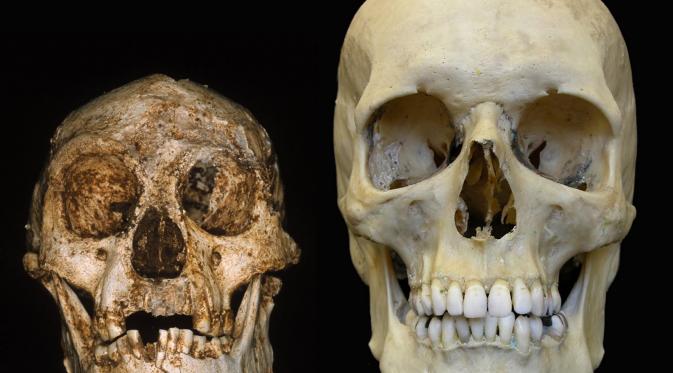
Since this discovery, researchers have tried to uncover the mystery of its origins.
In 2010, scientists revealed that stone tools found on Flores showed that hobbit human ancestors lived in the region 1 million years ago.
Then, allegations emerged that the ancestor of the hobbit was Homo erectus – which sparked heated debate about its role in the chain of human evolution. Homo erectus
fossils found in Sangiran, an area on the banks of Bengawan Solo in Central Java in the 19th century are thought to be 1.5 million years old.
Later, as quoted from the LiveScience website, experts found stone tools which are thought to date back to 118 thousand – 194 thousand years ago.
The equipment is thought to belong to a mysterious human relative. However, not Homo erectus or Homo floresiensis . They were completely different, perhaps human ancestors of hobbits.
“There may have been a completely different species of hominid on Sulawesi before modern humans arrived by boat around 50 thousand years ago,” said study leader Gerrit van den Bergh, from the University of Wollongong, Australia, as published in LiveScience January 13 2016. The researchers are still uncovering the mystery of what it was about ancient humans who made these stone tools.

